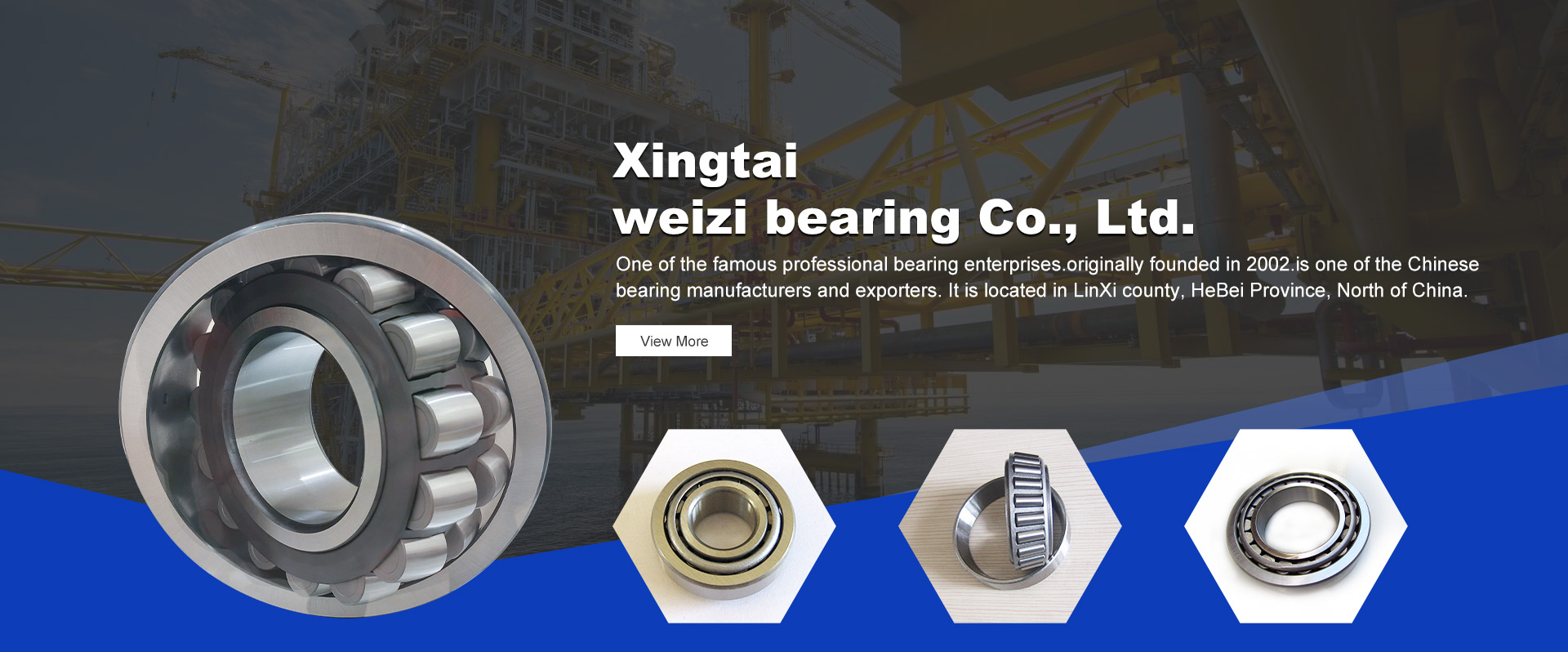
Nov . 10, 2024 07:14 Back to list
Applications of Taper Roller Bearings in Various Industries for Enhanced Performance
Understanding Taper Roller Bearings and Their Applications
Taper roller bearings are a crucial component in many mechanical systems, primarily due to their ability to handle both radial and axial loads efficiently. These bearings consist of an inner ring, an outer ring, tapered rollers, and a cage that keeps the rollers spaced evenly. The design of taper roller bearings allows for the rollers to be in contact with both the inner and outer rings at a specific angle, which enhances load distribution and provides increased stability.
Construction and Design
The unique design of taper roller bearings features conical surfaces that allow them to manage loads more effectively than traditional cylindrical roller bearings. The ability to accommodate both radial and axial forces makes them ideal for applications where these forces are combined. The tapered shape of the rollers allows for a larger contact area between the rollers and the raceways, distributing the load more evenly and reducing wear and tear.
Typically, taper roller bearings are manufactured using high-quality steel, which provides excellent strength and durability. They are also available in various sizes and configurations, allowing for versatility in their use across different industries.
Applications of Taper Roller Bearings
1. Automotive Industry One of the most common applications of taper roller bearings is in the automotive sector. They are used in vehicle wheel hubs, allowing for effective handling of the radial and axial loads encountered during operation. Their ability to withstand high speeds and varying loads makes them suitable for both passenger vehicles and heavy-duty trucks.
2. Machinery and Equipment Taper roller bearings are extensively used in heavy machinery and industrial equipment. They can be found in applications such as conveyor systems, crushers, and milling machines. The stability and reliability provided by these bearings help to ensure smooth operation and enhanced productivity.
taper roller bearing are used for

3. Aerospace The aerospace industry relies on taper roller bearings for their performance and safety. They are used in aircraft landing gear systems, where they support significant loads and provide critical performance under extreme conditions. Their design is key to maintaining structural integrity during takeoff, landing, and flight.
4. Railway Taper roller bearings are also integral to railway systems, particularly in axle assemblies. They help support the weight of trains while ensuring smooth wheel rotation. Their ability to handle dynamic loads effectively contributes to the safety and efficiency of rail transport.
Advantages of Taper Roller Bearings
The advantages of taper roller bearings extend beyond their structural design. Some of the key benefits include
- High Load Capacity Taper roller bearings can carry heavy loads due to their intricate design and superior contact area. - Durability Built from robust materials, these bearings exhibit excellent wear resistance and long service life. - Versatility They are available in various sizes and capabilities, making them suitable for a wide range of applications. - Efficiency The design minimizes friction, enhancing the overall efficiency of the machinery they are employed in.
Conclusion
In conclusion, taper roller bearings play an essential role in modern engineering and machinery. With their unique design that accommodates both radial and axial loads, they are indispensable in various applications ranging from automotive to aerospace. Their advantages in terms of load capacity, durability, and operational efficiency make them a preferred choice in countless mechanical systems. As technologies continue to advance, the development and application of taper roller bearings will undoubtedly evolve, further enhancing their performance and adaptability across different industries.
Latest news
-
Premium Deep Groove Ball Bearings | High Speed & Reliability
NewsAug.29,2025
-
Durable Scaffolding Clamps - Secure & Reliable Tube Connectors
NewsAug.28,2025
-
Common Failures in Thrust Ball Bearings and Solutions
NewsAug.22,2025
-
How Tapered Roller Bearings Can Take Shock Loads
NewsAug.22,2025
-
Angular Bearings in High-Precision Spindles
NewsAug.22,2025
-
The Impact of Misalignment on Cylindrical Roller Bearing Performance
NewsAug.22,2025
